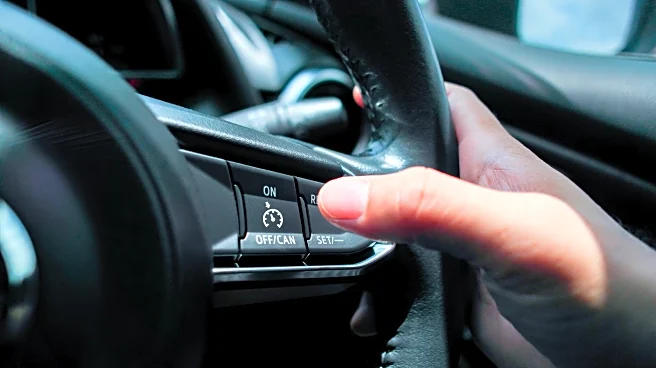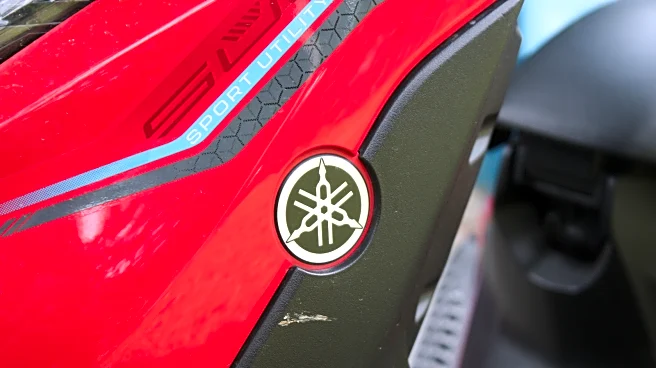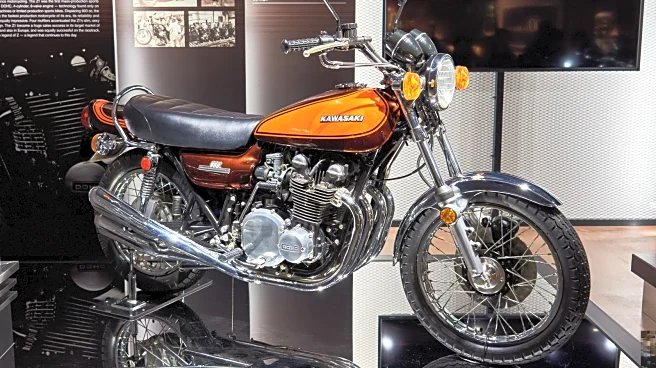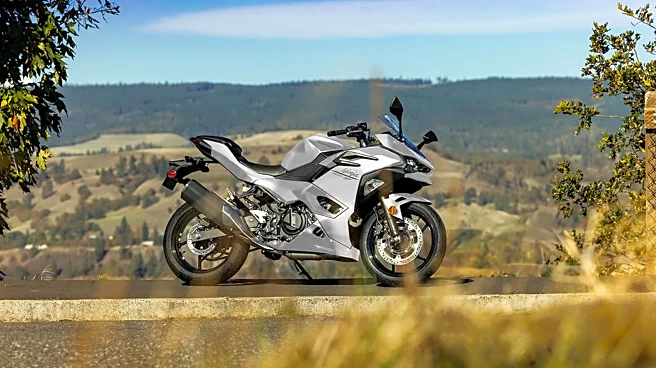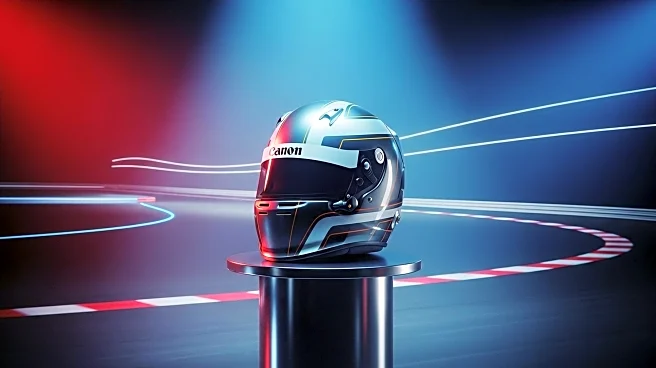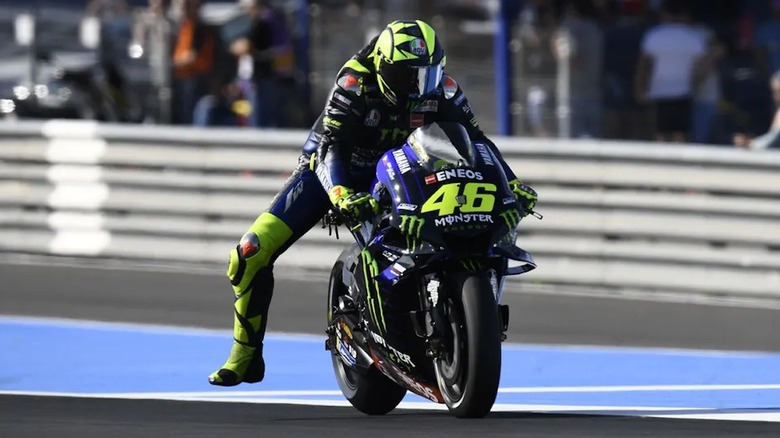
There are a lot of physical moves made on the back of a motorcycle during a race. Riding motorcycles around a racetrack requires a ton of interaction between the rider and motorcycle, with racers controlling the bike's direction and stability with every inch of their body. There are basic techniques for new riders like countersteering at slow speeds, but high-speed maneuvers go much further.
Riders lean off the bike far enough to drag a knee for stability, sometimes even far enough to drag their elbows
or shoulders through high-speed corners. Motorcycle racers use the bike and their body to achieve maximum speed and hopefully end up on the podium. For some reason, though, lots of riders in MotoGP stick their legs out, way off the bike. Arguably, MotoGP is the top race series for road bikes; it's essentially F1 on motorcycles. So to see the world's fastest riders sticking their legs out, it begs the question: Why?
"Leg dangling," as referred to in MotoGP, is sticking a leg out during braking, especially when a rider is decelerating from high speeds. The extra wind resistance helps slow the rider down, but it also has some other interesting effects. According to MotoGP riders, dangling a leg lowers a rider's center of gravity, taking some of the weight of braking off their wrists. It also provides stability for riders as they enter corners.
Read more: Every Motorcycle Keanu Reeves Owns In His Stunning Collection
Does Everybody Do This Leg-Dangle Maneuver?
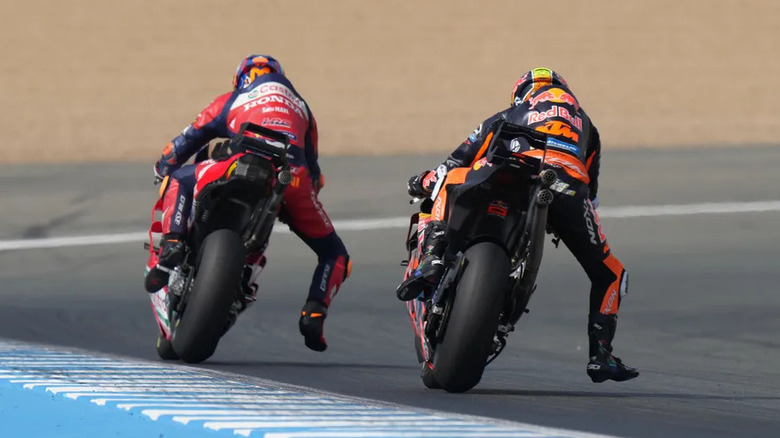
If you're not a MotoGP enthusiast or fan, you might be thinking: Okay, this leg-dangle thing sounds a bit silly, does everybody do it? Whether it looks silly or not, many MotoGP riders have adopted this technique. Some claim that the technique can be a bit destabilizing or even dangerous (losing a point of contact with the bike can reduce control), so they keep all four limbs connected with the bike instead. Most of the top riders however, have fully gotten on board.
Legendary MotoGP racer Valentino Rossi is credited as the first person to use the technique at the Spanish Grand Prix in 2005, winning the race by passing the second-place rider in the final turn while extending his leg. After other riders saw Rossi's success with the move, many adopted it themselves. The move eventually migrated into Moto2, Moto3, and World Superbike (SBK) racing as well.
Former MotoGP rider and WorldSBK champion Sylvian Guintoli praised the technique for its ability to help riders cope with the physical demands of MotoGP, but he admits the technique likely only aids a "marginal" increase in stability and braking. In a race that's won or lost by fractions of a second, where even the rider's helmets are optimized for aerodynamics, riders will take any advantage they can get. Even if it requires looking the slightest bit silly.
Want the latest in tech and auto trends? Subscribe to our free newsletter for the latest headlines, expert guides, and how-to tips, one email at a time.
Read the original article on SlashGear.



